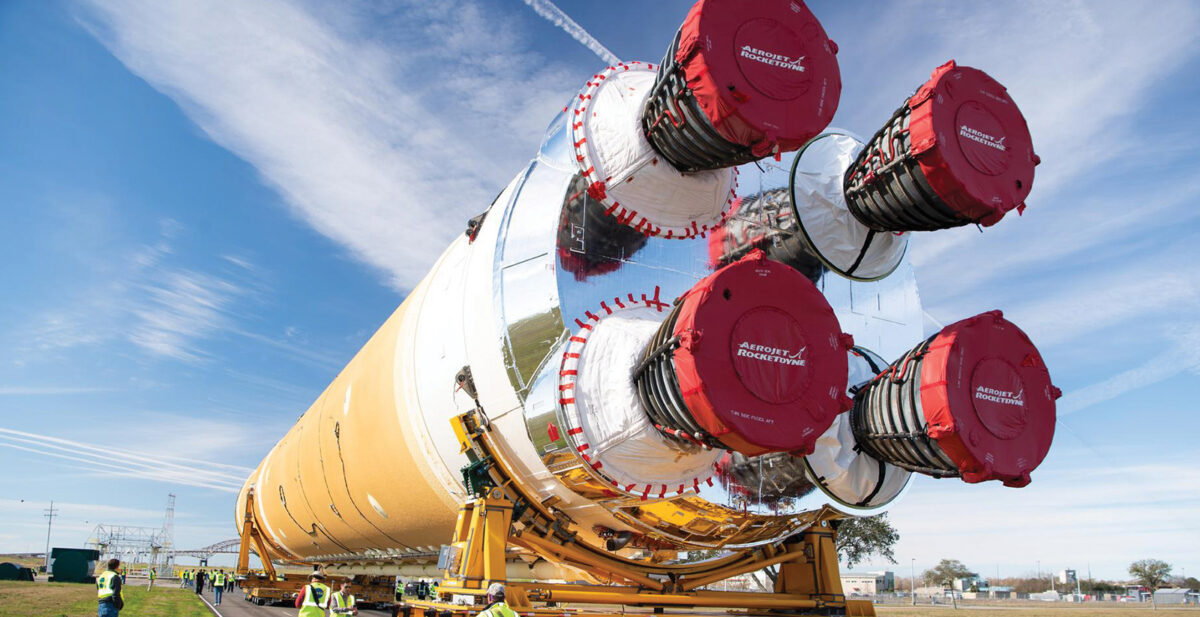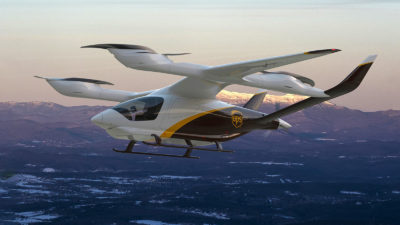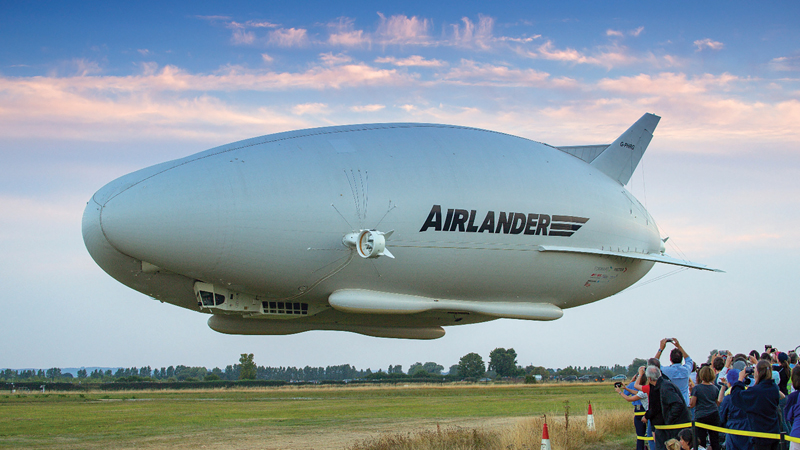Crewed launch returns to Kennedy Space Center
By Dale Arney|December 2020
The Space Transportation Technical Committee works to foster continuous improvements to civil, commercial and military launch vehicles.
U.S. astronauts were launched from NASA’s Kennedy Space Center in Florida for the first time since 2011. For the Demo-2 mission, Bob Behnken and Doug Hurley flew to the International Space Station aboard a SpaceX Crew Dragon capsule atop a Falcon 9 rocket in May, clearing the way for November’s Crew-1 launch. Boeing prepared for an uncrewed test flight of its Starliner capsule after the initial December 2019 uncrewed flight on a United Launch Alliance Atlas V rocket was shortened due to a software error. In February, a Northrop Grumman Antares rocket delivered a Cygnus cargo vehicle to the ISS. SpaceX launched its 19th successful Cargo Dragon resupply mission to the ISS in March.
In August, NASA completed the fourth of eight Green Run tests for its Space Launch System at NASA’s Stennis Space Center in Mississippi. The test verified the main propulsion system components were operable and leak-free. Northrop Grumman fired a full-scale version of SLS’s solid boosters in September, and in July, Aerojet Rocketdyne completed all of the propulsion hardware for the first crewed flight of the SLS.
SpaceX launched its 100th mission in August, and in April its Falcon 9 rocket became the most flown active rocket with its 84th launch. An August launch of a Falcon 9 flew a booster core for a record sixth time; a Falcon 9 payload fairing was reused for the first time in November 2019. SpaceX performed 150-meter test flights in August and September of its Starship prototype at its south Texas facility.
ULA in July launched NASA’s Perseverance rover to Mars on an Atlas V rocket. Blue Origin delivered a pathfinder BE-4 engine, and Northrop Grumman completed the first qualification test for a strap-on booster. Both are being developed for ULA’s next-generation rocket, Vulcan Centaur.
Virgin Galactic’s VSS Unity spaceplane conducted two unpowered glide flights, one in May and one in June. After a failed attempt in July, California-based Rocket Lab’s Electron satellite launch vehicle returned to flight in August. That flight also included the first flight of Rocket Lab’s new Photon spacecraft bus. Also this year, Rocket Lab received a launch operator license from FAA allowing launches from NASA’s Wallops Flight Facility in Virginia starting in late 2020.
In May, the Long March-5B, China’s heavy-lift rocket intended to support a space station in low-Earth orbit, delivered an uncrewed version of its next-generation spacecraft. In March, China’s first launch of the Long March-7A, upgraded to include nontoxic propellants and modular systems, failed to reach geosynchronous transfer orbit.
In September, Europe’s Vega rocket returned to flight to deliver 53 satellites for 21 customers. In July, the United Arab Emirates launched a probe to Mars aboard Japan’s H-2A rocket, and China launched its Tianwen-1 mission to Mars aboard the Long March-5. Russia launched the 27th, 28th and 29th Gonets-M satellites in September on a Soyuz rocket. It had launched the 24th, 25th and 26th satellites in December 2019 on a Russian Rokot rocket. It was final launch of a Rokot; the first one debuted in 1990.
In July, Israel launched its Shavit-2 smallsat rocket for the first time since 2016. Japan launched the final H-2 Transfer Vehicle to the ISS in March. In April, Mitsubishi Heavy Industries in Japan test fired its LE-9 engines for 240 seconds in preparation for its next-generation H3 rocket.



































